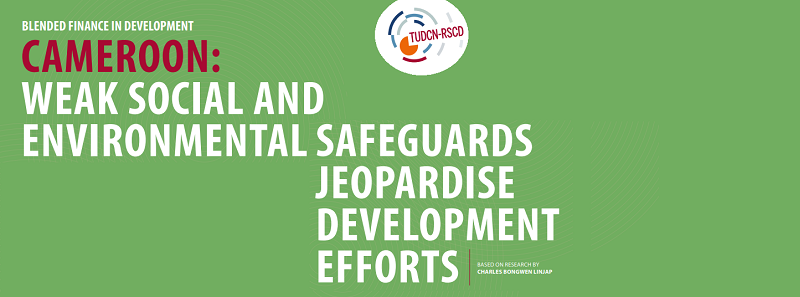
Over the past 20 years, Cameroon’s energy sector has moved from a public sector model towards a mixed public-private energy investment model. The conditionalities of the Structural Adjustment Program that the World Bank and the International Monetary Fund (IMF) imposed on the country in the 1990s triggered this transition. It was in this light, and as a drive to pull in additional donor and private capital, that Cameroon privatised its electricity monopoly corporation in 2001 with a takeover by AES SONEL.1 It is also important to mention that Cameroon participates at multiple levels in the energy value chain as a regulator, investor, energy producer and distributor in partnership with private corporations.

